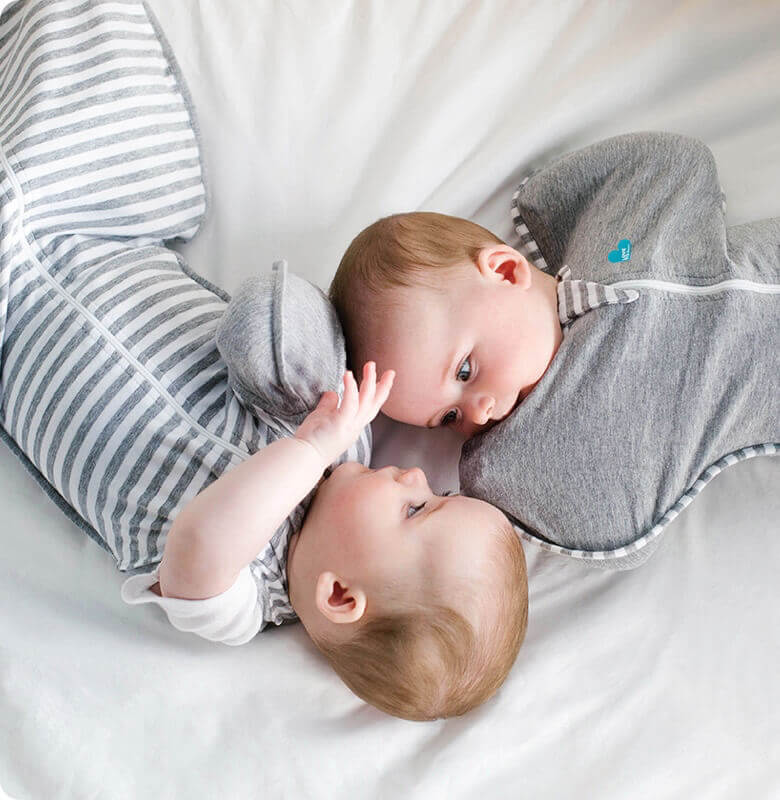WHAT DOES IT MEAN TO BE HIP HEALTHY?
Our SWADDLE UP™ & SWADDLE UP™ TRANSITION BAG are certified hip-healthy by the "International Hip Dysplasia Institute". The International Hip Dysplasia Institute (IHDI) is a collaborative, international not-for-profit organization whose mission is to improve the health and quality of life of children and adults affected by neonatal and/or acquired hip instability and developmental dislocation of the hip.
Hip dysplasia is a medical term for when a child’s hip socket doesn’t cover the ball joint of the thighbone. This can result in the joint becoming dislocated. Many babies are born with this condition, however, it can also be developed due to some factors in the early days of development.
Wrapping a newborn baby in the traditional swaddling method, with the legs down straight, too tightly, and too often can contribute to hip dysplasia, as it doesn’t allow full flexion of the legs and movement of the joints required for healthy growth.
Thankfully, if treated early enough, hip dysplasia is a very treatable condition, however, if it is not caught, the damage can result in a lot of pain and even arthritis in the later stages of life.
This is why Love To Dream swaddles have been designed to focus only on the arms and torso of the baby. As you can see by the shape, the hips are wide, which allows the baby’s legs to fall open in a naturally splayed manner, like a little adorable frog!
The following are some of the symptoms that may signal if your baby has hip dysplasia:
- Clicking joins when moved or rotated
- One leg may look shorter than the other, especially when your baby is lying down with their legs close to their chest
- Late development when it comes to sitting, walking, or crawling
- An uneven crease under or between the cheeks of their buttocks
If you find your baby is showing any of these signs, take them to your pediatrician or general doctor as soon as you can. Your child should not feel any pain, however, the sooner your doctor is aware, the more they are able to rectify it before your child grows too much.
It is common in babies to use a brace that holds the legs outwards to treat hip dysplasia. These are made of soft material and might need to be worn for weeks or months. Some babies might require a plaster cast, but this is much less common.
When choosing your swaddles, always look for the Hip Healthy certifications! Safe swaddling mamas!



















